The sun’s rays play a vital role in sustaining life on Earth by providing essential warmth and light. However, excessive exposure can have detrimental effects on our skin. Finding a balance allows us to enjoy the sun’s benefits while minimizing...
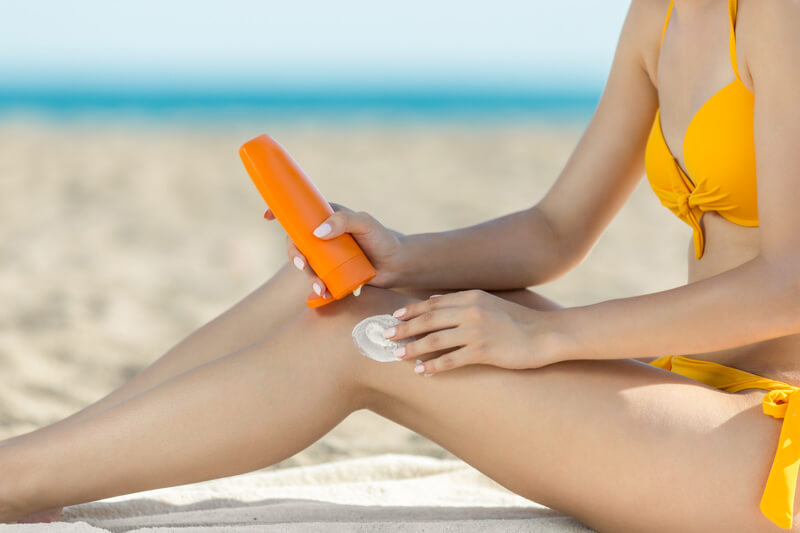

The sun’s rays play a vital role in sustaining life on Earth by providing essential warmth and light. However, excessive exposure can have detrimental effects on our skin. Finding a balance allows us to enjoy the sun’s benefits while minimizing...
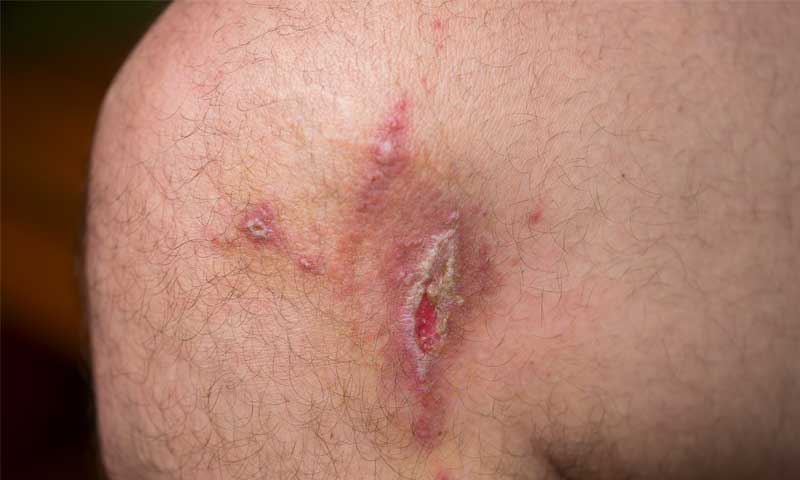
This blog covers the first signs of leg ulcers and both medical and at-home treatments. We’ll discuss why it’s important to examine the underlying causes and how to reduce and prevent their frequency. An ulcer is an open sore on...
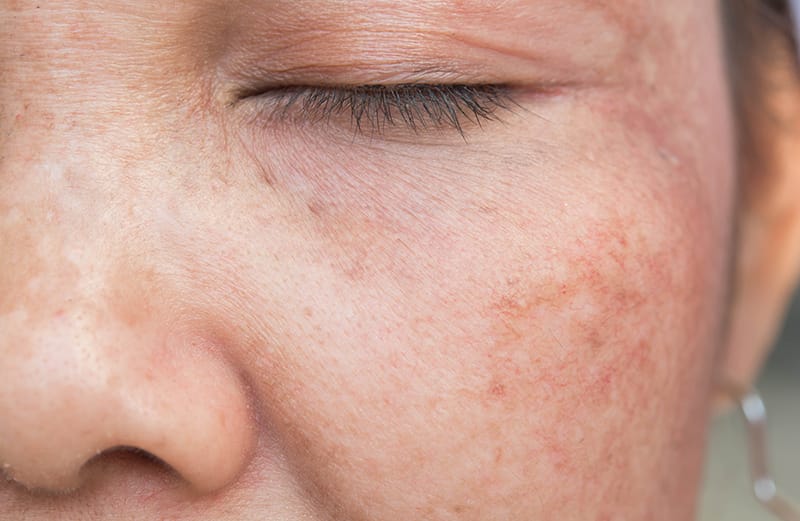
Prevent and treat dark spots on your skin with proper skincare and some helpful tips. Don’t be embarrassed by hyperpigmentation. Figure out the cause and treat the issue. The reality is that hyperpigmentation occurs in more people than you may...
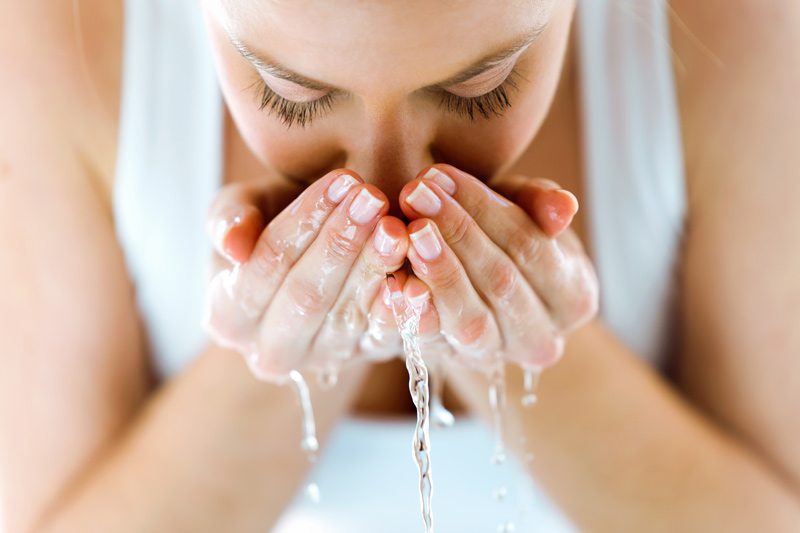
We all get them…pimples. If you haven’t had a few, then you just might be the luckiest person on earth. One pimple doesn’t seem like such a big deal, but when they begin to multiply, things can get out of...
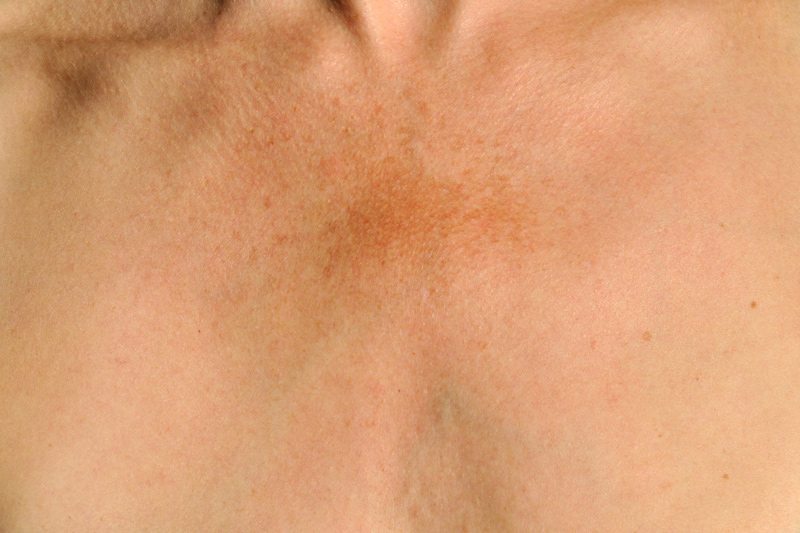
Have you noticed skin discoloration on your face or chest? Melasma, a common skin problem, often presents as tan, brown or greyish-blue marks on the parts of our bodies that get the most sun.